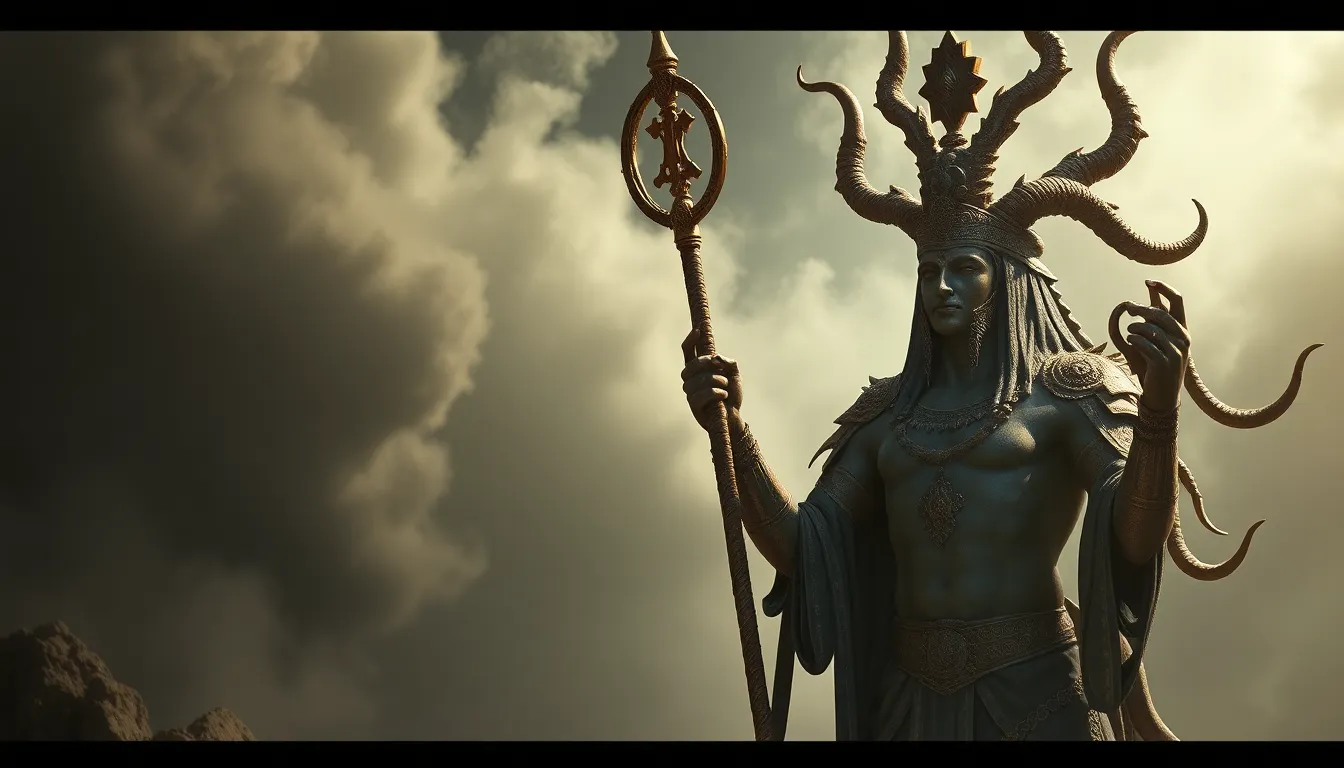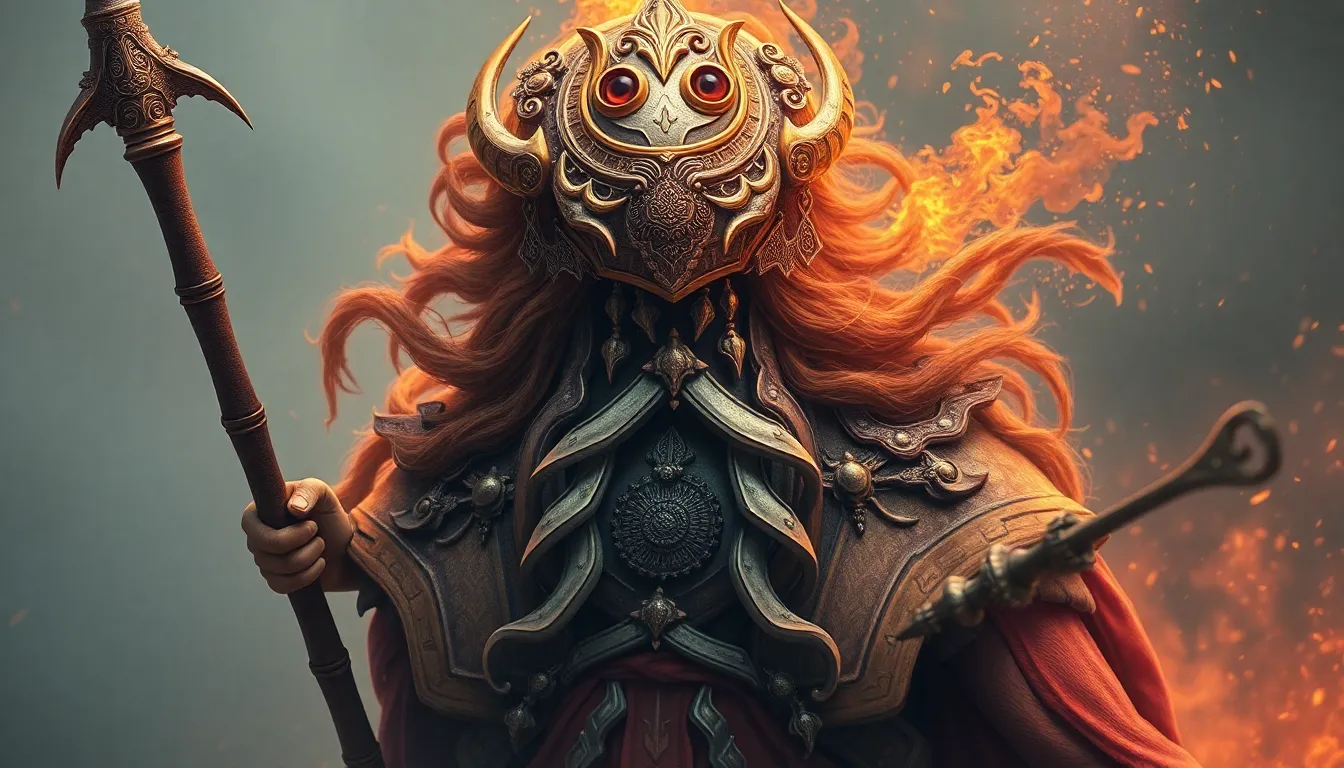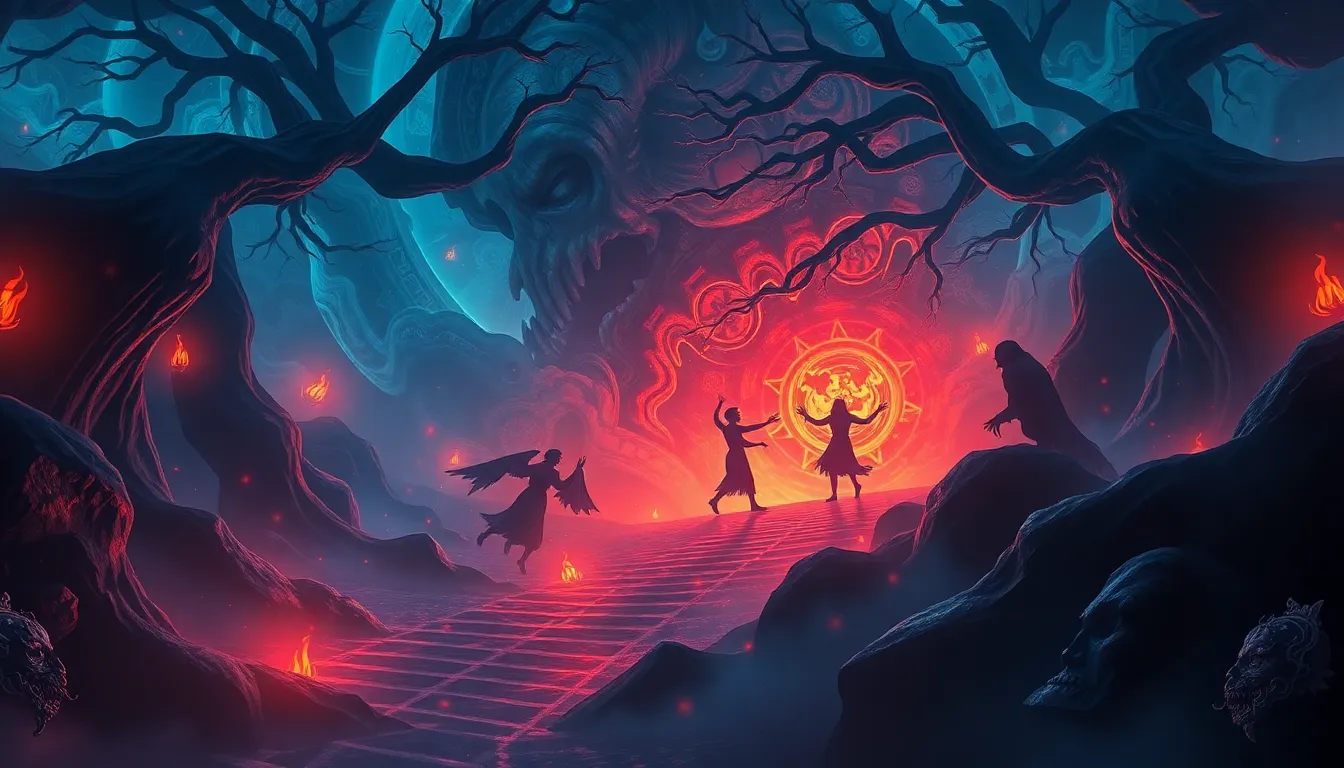The Most Captivating Myths of Ancient Deities and Their Influence on Culture
1. Introduction to Ancient Deities and Their Myths
Ancient deities are revered figures in various cultures that represent the forces of nature, human emotions, and societal ideals. These supernatural beings often embody the beliefs and values of the civilizations that worship them, serving as a bridge between the mortal world and the divine. Throughout human history, myths have played a crucial role in shaping our understanding of existence, morality, and the universe itself.
This article delves into some of the most captivating myths surrounding ancient deities and explores their profound influence on culture, identity, and even modern society.
2. The Role of Myths in Shaping Cultural Identity
Myths are not just stories; they are reflections of the values, beliefs, and norms of the societies that create them. They serve several critical functions:
- Reflecting Societal Values: Myths often encapsulate the ethical and moral frameworks of a culture, showcasing what is deemed heroic or villainous.
- Understanding Natural Phenomena: Ancient peoples used myths to explain natural events, such as thunderstorms or seasons, attributing them to the actions of deities.
- Cultural Practices: Myths often inform rituals, ceremonies, and festivals that reinforce community bonds and cultural heritage.
3. Prominent Ancient Deities and Their Myths
Across various civilizations, many deities have captured the imagination of their followers. Here is an overview of some major deities and their associated myths:
- Zeus (Greek): The king of the gods, Zeus is known for his thunderbolt and his numerous affairs with mortals, leading to the birth of many heroes.
- Ra (Egyptian): The sun god, Ra is central to creation myths, symbolizing life and resurrection as he travels across the sky each day.
- Odin (Norse): The all-father of the Norse pantheon, Odin is associated with wisdom and war, often depicted as a wanderer seeking knowledge.
- Brahma (Hindu): The creator god in Hinduism, Brahma’s myth involves the cyclical nature of creation, preservation, and destruction.
4. The Myth of Creation: Different Cultures, Different Stories
Creation myths vary widely across cultures, yet they often share common themes of chaos and order. For instance:
- Genesis (Judeo-Christian): The world is created in six days by a singular, omnipotent God, culminating in the creation of humanity.
- Enuma Elish (Babylonian): The universe emerges from primordial chaos, with the god Marduk defeating the chaos monster Tiamat to establish order.
- Puranas (Hindu): The universe undergoes cycles of creation and destruction, with Brahma creating the world, Vishnu preserving it, and Shiva destroying it.
These myths not only explain the origins of the cosmos but also shape cultural narratives, influencing art, literature, and philosophy.
5. The Heroic Journey: Deities and Their Mortal Champions
Many myths feature heroes who are favored by deities, embarking on epic quests that often symbolize larger human struggles. The significance of heroism can be observed through:
- Hercules (Greek): Known for his incredible strength and completion of the Twelve Labors, Hercules’ story illustrates the struggle against insurmountable odds.
- Gilgamesh (Mesopotamian): This epic tale of Gilgamesh’s quest for immortality reflects human fears and desires, showcasing his relationship with the divine.
- Thor (Norse): The thunder god Thor’s adventures highlight themes of bravery, loyalty, and the defense of his people against chaos.
6. The Influence of Ancient Myths on Modern Literature and Art
Ancient myths continue to inspire contemporary writers and artists, reflecting their timeless relevance. Examples include:
- Literature: Many modern novels, such as Madeline Miller’s “Circe,” reinterpret ancient myths, exploring the complexities of their characters.
- Film: Movies like “Clash of the Titans” and Marvel’s “Thor” bring ancient stories to life, blending mythology with modern storytelling.
- Visual Arts: Artists like Gustav Klimt and Salvador Dalí have drawn from mythological themes, creating powerful visual narratives that resonate with audiences today.
The enduring legacy of these ancient tales manifests in various forms, influencing popular culture and artistic expression.
7. Festivals and Rituals: Celebrating the Divine
Ancient festivals dedicated to deities served as vital cultural expressions that reinforced community bonds and beliefs. Notable examples include:
- Dionysia (Greek): A festival celebrating the god Dionysus, featuring dramatic performances and communal feasting.
- Diwali (Hindu): Known as the Festival of Lights, Diwali celebrates the victory of light over darkness, often involving rituals honoring Lakshmi, the goddess of wealth.
- Ostara (Pagan): A spring festival celebrating the goddess Eostre, marking the renewal of life and the fertility of the earth.
These festivals not only honor the divine but also serve as occasions for cultural expression and societal cohesion.
8. The Intersection of Mythology and Religion
Mythology and religion often overlap, with many religious beliefs rooted in mythological stories. Key points include:
- Allegories for Morality: Myths often convey moral and ethical lessons, serving as cautionary tales or guides for appropriate behavior.
- Transition to Organized Religion: Many mythologies have evolved into structured religions, with deities being worshipped in specific rites and doctrines.
This transition highlights how myths have shaped religious thought and practice throughout history.
9. The Psychological and Sociological Impact of Myths
Myths hold significant psychological and sociological importance, offering insights into the human experience:
- Coping Mechanisms: Myths provide frameworks for understanding existential questions, helping individuals navigate life’s challenges.
- Community Bonding: Shared myths foster a sense of belonging and identity within communities, reinforcing social cohesion.
By exploring these narratives, individuals and societies can find meaning and connection in their lives.
10. Conclusion: The Enduring Power of Ancient Myths in Contemporary Society
In conclusion, the myths of ancient deities continue to resonate deeply within our culture. They shape our identities, inform our values, and inspire our creativity. The captivating stories of gods and heroes not only entertain us but also provide profound insights into the human condition. As we navigate the complexities of modern life, these ancient narratives remain a source of wisdom, guiding us through the ages.



